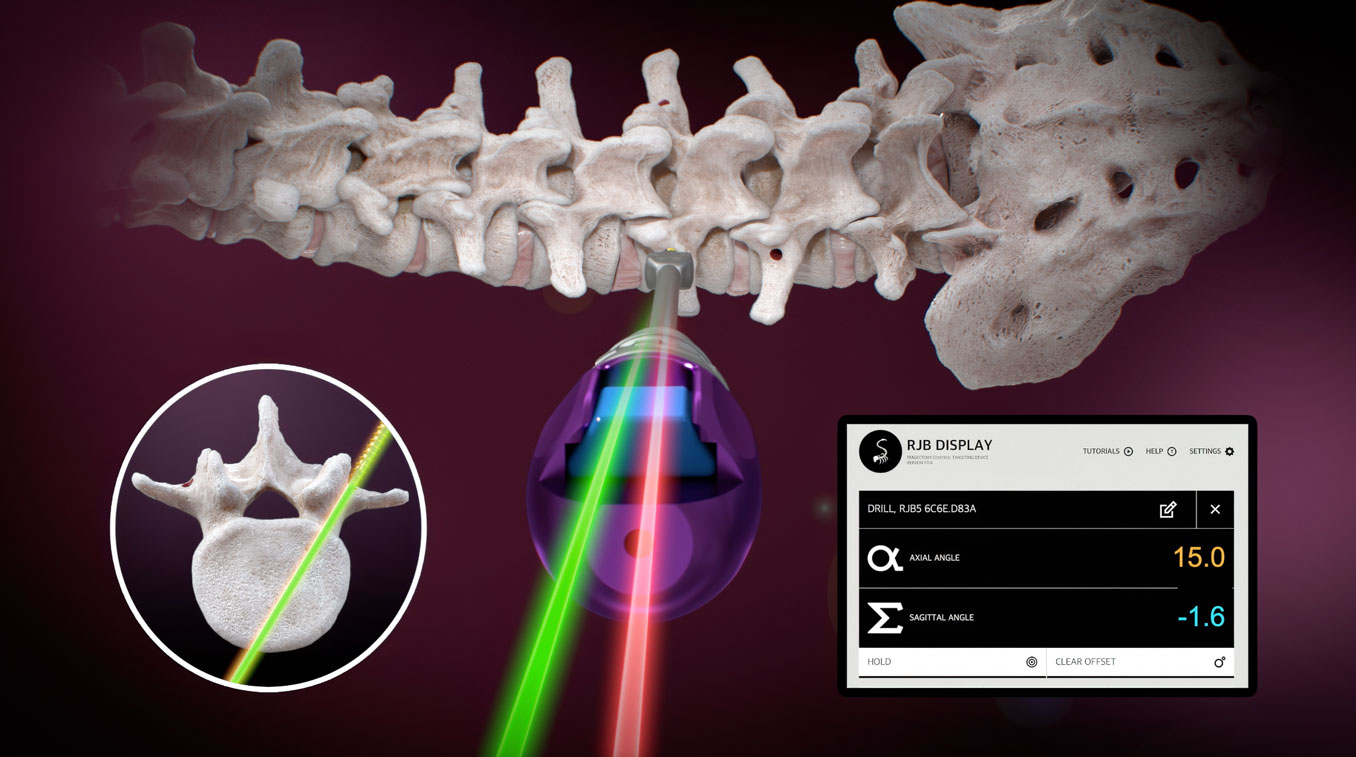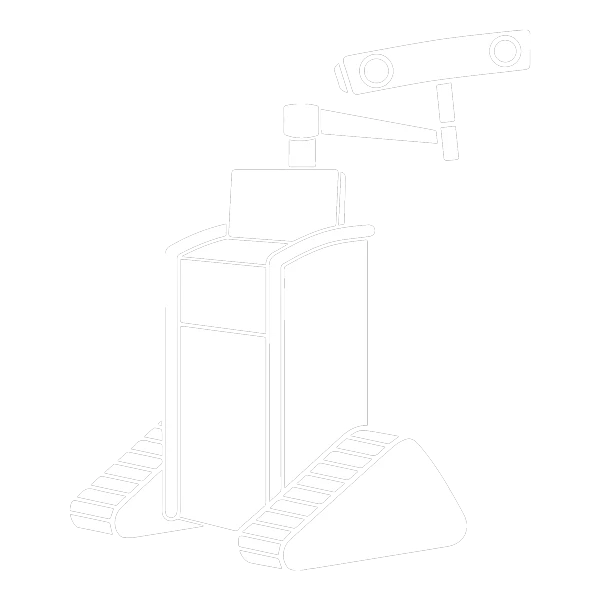
Ruthless Spine ™
It’s time to bring
ZEN
back to spine surgery
About Ruthless Spine
Our Mission
Ruthless Spine’s mission is to bring “zen” back to spine surgery by addressing the challenges faced by spinal surgeons, such as the need for significant investments in capital, time, and manpower to achieve accurate outcomes. Ruthless Spine focuses on providing innovative, accurate, and efficient solutions that are easy to use and do not require bulky, complex machinery.
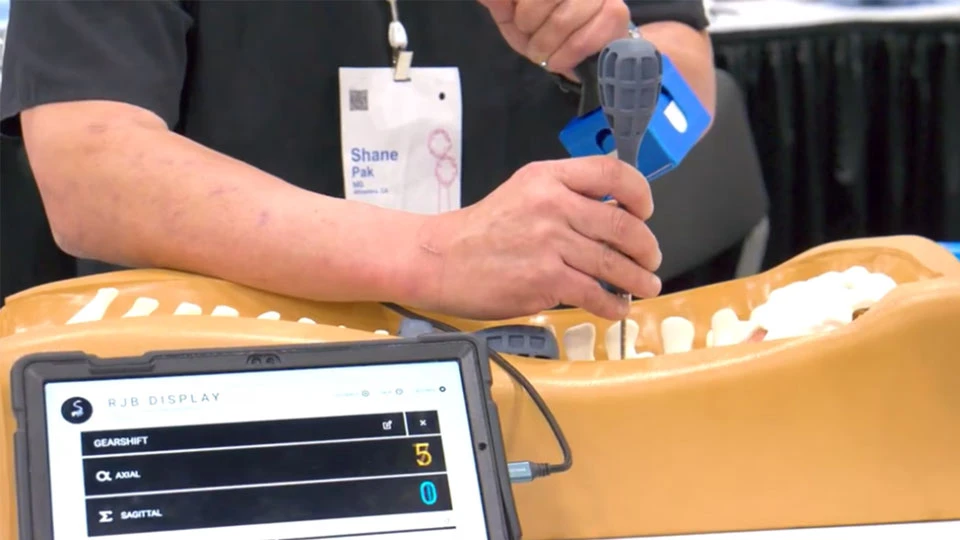
Ruthless Spine News
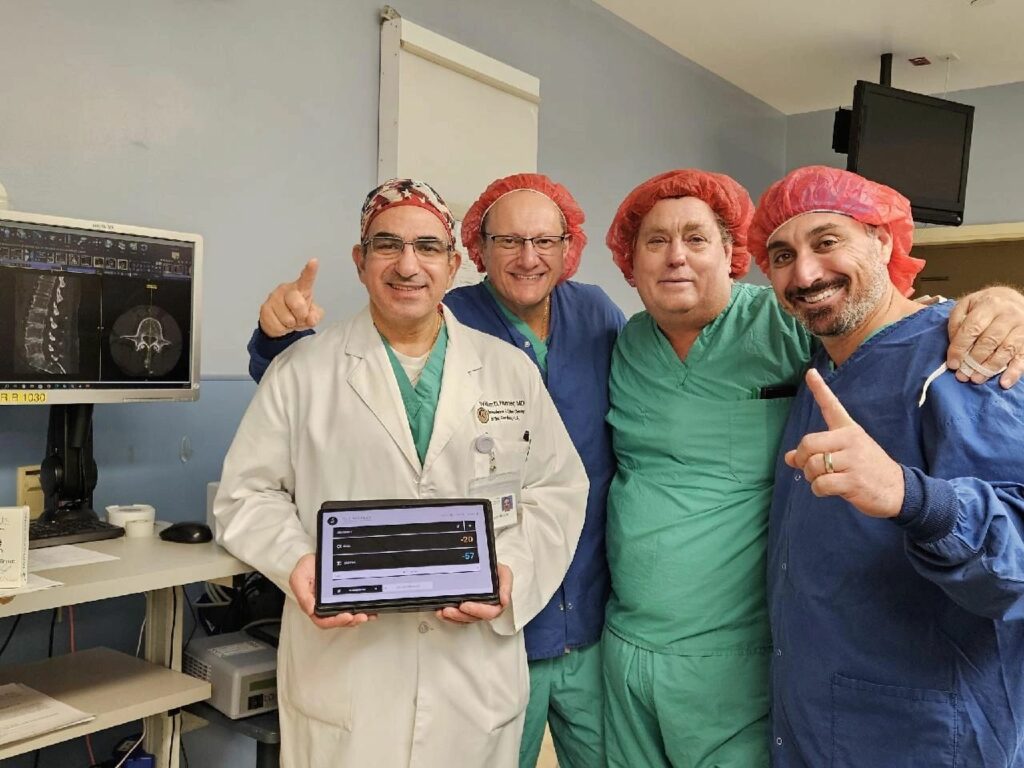
Ruthless Spine’s RJB System Hits the Market Running
Ruthless Spine proudly announces the launch of the RJB system, backed by impressive sales figures that are set to pave the way for an optimistic debt-free future.
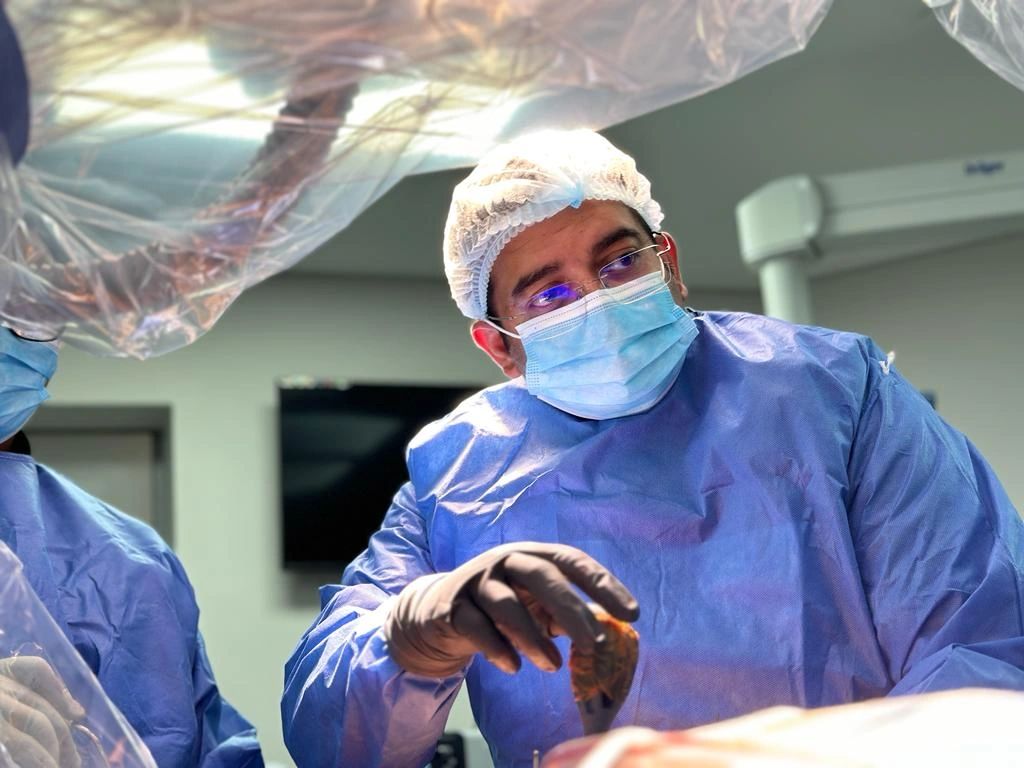
RJB Surgical Angle Measurement tool: Impact in Africa
Learn how a group of neurosurgery residents, armed with the RJB, embarked on a mission to Liberia, Africa, to transform the landscape of spine surgery in a region with limited surgical resources.
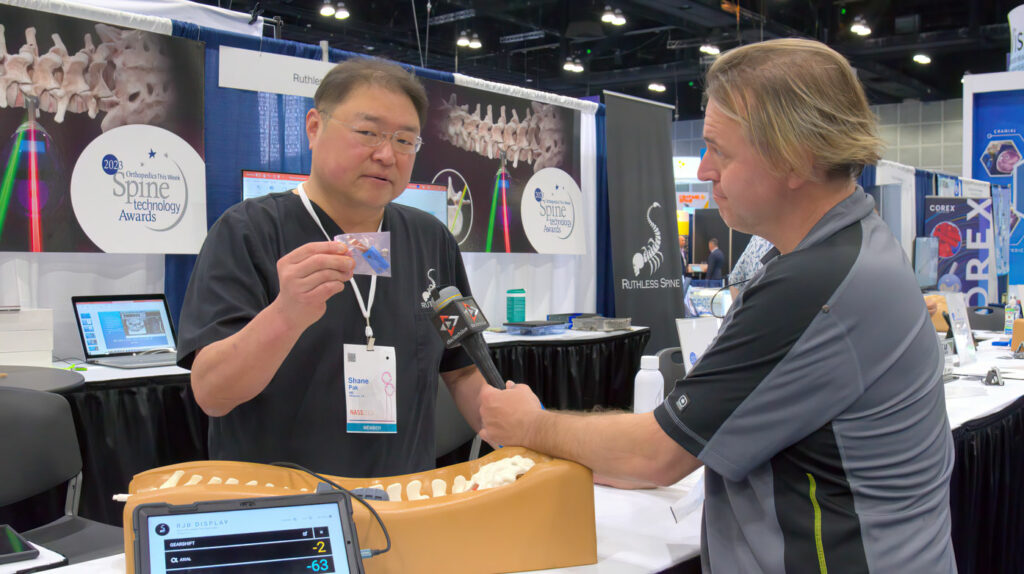
Ruthless Spine RJB At NASS 2023
The Interview With Dr. Shane Pak From Ruthless Spine At NASS 2023 Highlighted The Immense Potential Of The RJB System In Revolutionizing Spine Surgery.
Current Innovations
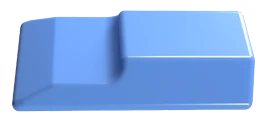
The RJB™
The RJB system is an Intraoperative Surgical Angle Measurement tool targeted for improving ease, efficiency and cost-effectiveness in procedures for lumbosacral pedicle screw placements.
